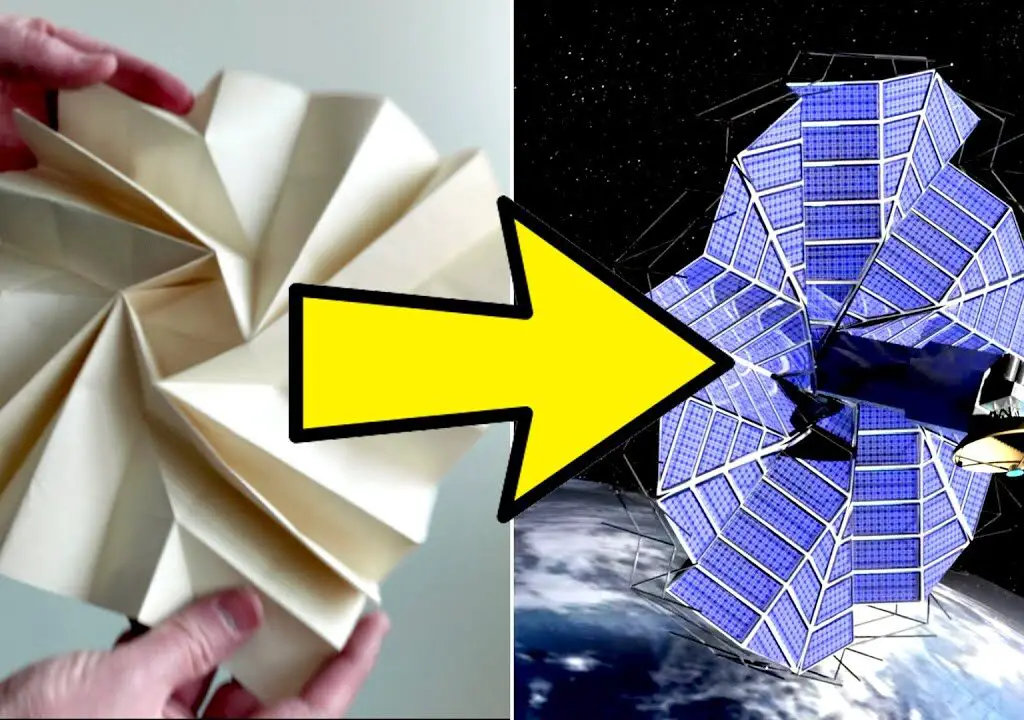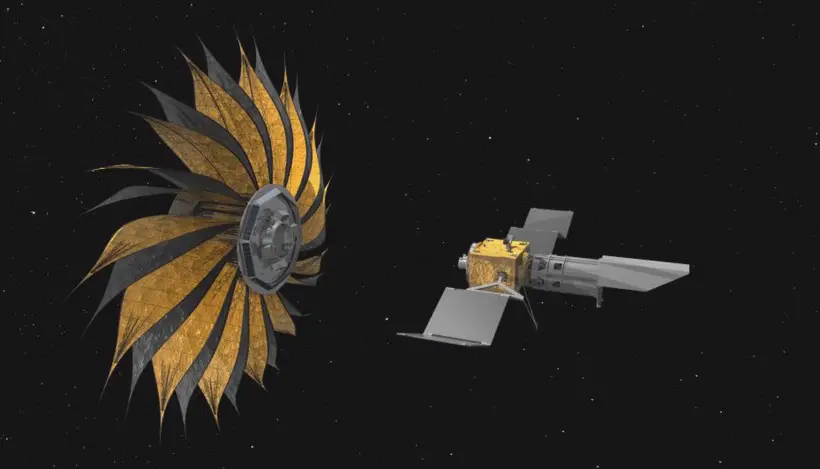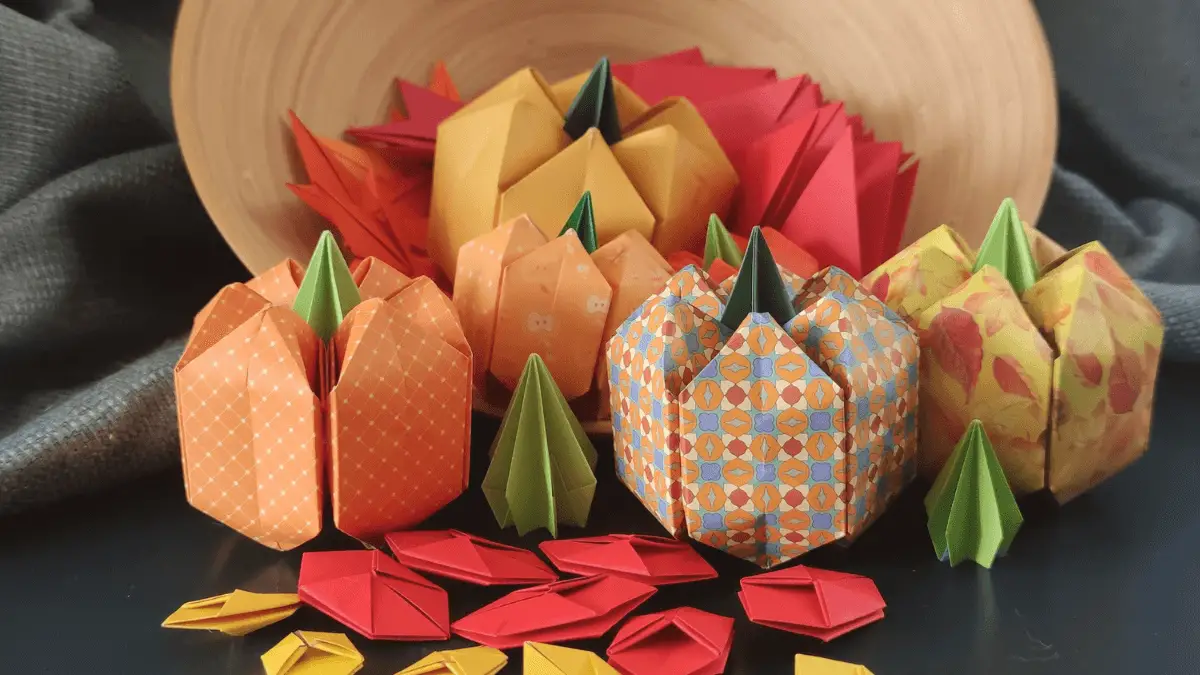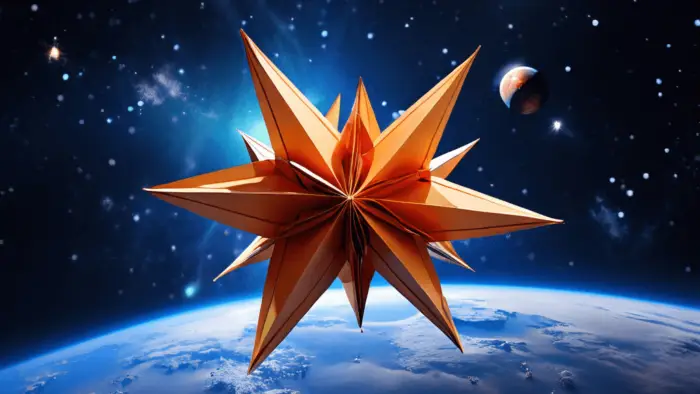Welcome to the fascinating world of origami, where art meets science in the most extraordinary ways. I believe in the power of origami not just as an art form, but as a driving force in scientific innovation. This blog post will take you on a journey through the intersections of origami and science, revealing the unique benefits, groundbreaking applications, and expert insights that make this combination truly remarkable.

The Marvelous Intersection of Art and Science
Capturing the Essence of Origami
Origami, the traditional Japanese art of paper folding, has captivated people around the globe for centuries. Its intricate designs and the meditative process of creation offer a sense of calm and accomplishment. However, beyond its aesthetic appeal, origami has found a new role as a catalyst for scientific advancement. Imagine transforming a simple sheet of paper into a complex structure with practical applications in fields such as medicine, engineering, and space exploration. The possibilities are as limitless as the folds in the paper.
The Significance of Origami in Science
The incorporation of origami into scientific research is not just a fleeting trend; it is a burgeoning field of study with significant implications. Researchers and engineers are leveraging the principles of origami to develop innovative solutions to complex problems. The precision and flexibility inherent in origami allow for the creation of structures and devices that are not only efficient but also adaptable to various conditions and constraints. From drug delivery systems to deployable space structures, the science of origami is reshaping the way we approach technological challenges.

Origami in Science: What Sets It Apart
The Uniqueness of Origami in Scientific Applications
Origami’s uniqueness in science lies in its ability to transform a flat, two-dimensional material into a three-dimensional object with remarkable properties. This transformative capability is harnessed in several ways:
- Efficiency and Compactness: Origami-inspired designs enable the creation of compact, foldable structures that can expand or contract as needed. This is particularly valuable in fields like space exploration, where equipment must be transported efficiently.
- Adaptability and Flexibility: Origami structures can be designed to be highly flexible and adaptable, allowing them to respond dynamically to environmental changes. This adaptability is crucial in medical devices and robotics.
- Cost-Effectiveness: Using origami principles can reduce material waste and manufacturing costs, making it an economically viable option for a wide range of applications.
Key Features and Benefits
Origami in science stands out due to several key features and benefits:
- Scalability: Origami designs can be scaled up or down, making them suitable for both macro and micro applications. For instance, origami techniques are used in creating large deployable structures for space missions and tiny, precise instruments for medical procedures.
- Biocompatibility: In the medical field, origami-based devices are often made from biocompatible materials, ensuring they can safely interact with biological systems. This has led to the development of innovative drug delivery systems and surgical tools.
- Structural Integrity: Despite their seemingly delicate nature, origami structures can be incredibly strong and resilient. This strength-to-weight ratio is particularly advantageous in engineering and aerospace applications.
Standing Out from the Competitors
What sets origami in science apart from traditional approaches is its ability to offer novel solutions that are both efficient and elegant. While conventional methods often involve rigid and bulky designs, origami-inspired innovations provide a more flexible and compact alternative. This distinction is not only a testament to the ingenuity of origami but also a reflection of its potential to revolutionize various industries.
Expert Insights: The Authority in Origami Science
Pioneering Voices in Origami Research
To provide a deeper understanding of the impact of origami in science, we turn to some of the leading experts in the field. These pioneers have paved the way for groundbreaking research and applications:
Dr. Robert J. Lang: A physicist and one of the foremost origami artists in the world, Dr. Lang has applied his extensive knowledge of mathematics and engineering to create complex origami designs. His work has influenced fields ranging from robotics to space exploration.
Dr. Erik D. Demaine: A professor of computer science at MIT, Dr. Demaine is renowned for his research on the computational aspects of origami. His insights have led to the development of algorithms that enhance the design and folding processes, making origami a valuable tool in computer science and engineering.
Dr. Koryo Miura: An aerospace engineer, Dr. Miura is best known for the Miura fold, a unique origami technique used in deployable space structures. His contributions have been instrumental in advancing the use of origami in aerospace engineering.
Industry Insights: Bridging Theory and Practice
Industry leaders are also recognizing the transformative potential of origami in science. For instance, NASA has been exploring the use of origami for deployable structures in space missions. The Jet Propulsion Laboratory (JPL) has developed an origami-inspired solar array that can be compactly stowed during launch and then deployed in space to generate power.
In the medical field, researchers are using origami principles to design minimally invasive surgical tools and advanced drug delivery systems. These innovations not only improve patient outcomes but also reduce healthcare costs by making procedures less invasive and more efficient.
The Future of Origami in Science
The future of origami in science is bright, with ongoing research and development poised to unlock even more applications. As technology advances, the integration of origami principles with materials science, robotics, and artificial intelligence will likely lead to unprecedented innovations. The adaptability and efficiency of origami-based designs will continue to drive progress in fields as diverse as renewable energy, environmental conservation, and biomedicine.
Follow Me on Instagram
My mission is to inspire creativity and innovation through the art of paper folding. Whether you are an origami enthusiast, a science aficionado, or simply curious about the intersection of art and technology.
Follow Paper Finger Cuts on Instagram
Let’s unfold the future together, one fold at a time.




